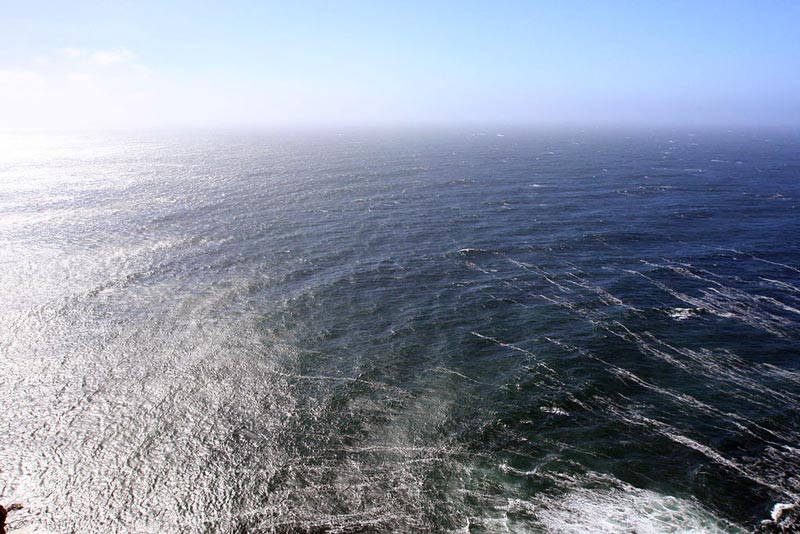Diffraction, Part 1
Winter
2012
Elegant Connections in Physics
Diffraction, Part 1
Huygens’ Principle and Young’s Experiment
By:Dwight E. Neuenschwander, Southern Nazarene University

Like a test pilot pushing an airplane prototype to the limits of its capabilities, physics seeks Nature’s fundamental limits and then pushes them as far as possible. For instance, special relativity implies that no information can travel faster than the speed of light. Quantum mechanics holds that the more precisely we know a particle’s momentum, the less precisely we can know its location. The second law of thermodynamics asserts that the efficiency of any two-temperature engine cannot exceed that of the idealized Carnot engine, and the third law of thermodynamics implies that a system cannot be cooled to absolute zero in a finite number of steps. In optics, diffraction limits the maximum resolution of a telescope and the minimum size of a computer chip circuit made by mask-and-etch techniques.
Diffraction is the spreading out of a wave into regions that would otherwise be in shadow. A beam of light, even one as tightly concentrated as that emerging from a laser, spreads out as it travels, creating a sizable spot when it reaches the opposite side of a room. Such displays of diffraction offer clear evidence that light, sound, and other signals can behave as if they are waves.
Diffraction can be casually observed in water waves sweeping around a buoy, or in sound waves passing through a doorway. To observe diffraction with visible light takes more care. Ever since antiquity, people have wondered “What is light?” By the time of Robert Hooke (1635–1703), Christiaan Huygens (1629–1695), and Isaac Newton (1642–1727), responses to the question had been reduced to a binary choice: Is light a wave, or is it a beam of particles? Hooke and Huygens argued for waves, Newton for particles. Hooke pointed out that producing a specific color in thin-film interference requires choosing a specific film thickness, analogous to tuning the harmonics of an organ pipe by adjusting its length. Clearly something periodic occurs with light. Newton observed the variable thin-film interference we now call “Newton’s rings.”[1] However, he argued that periodicity is not inherent in light, but is put into light by its interaction with matter...
See the full article here.
